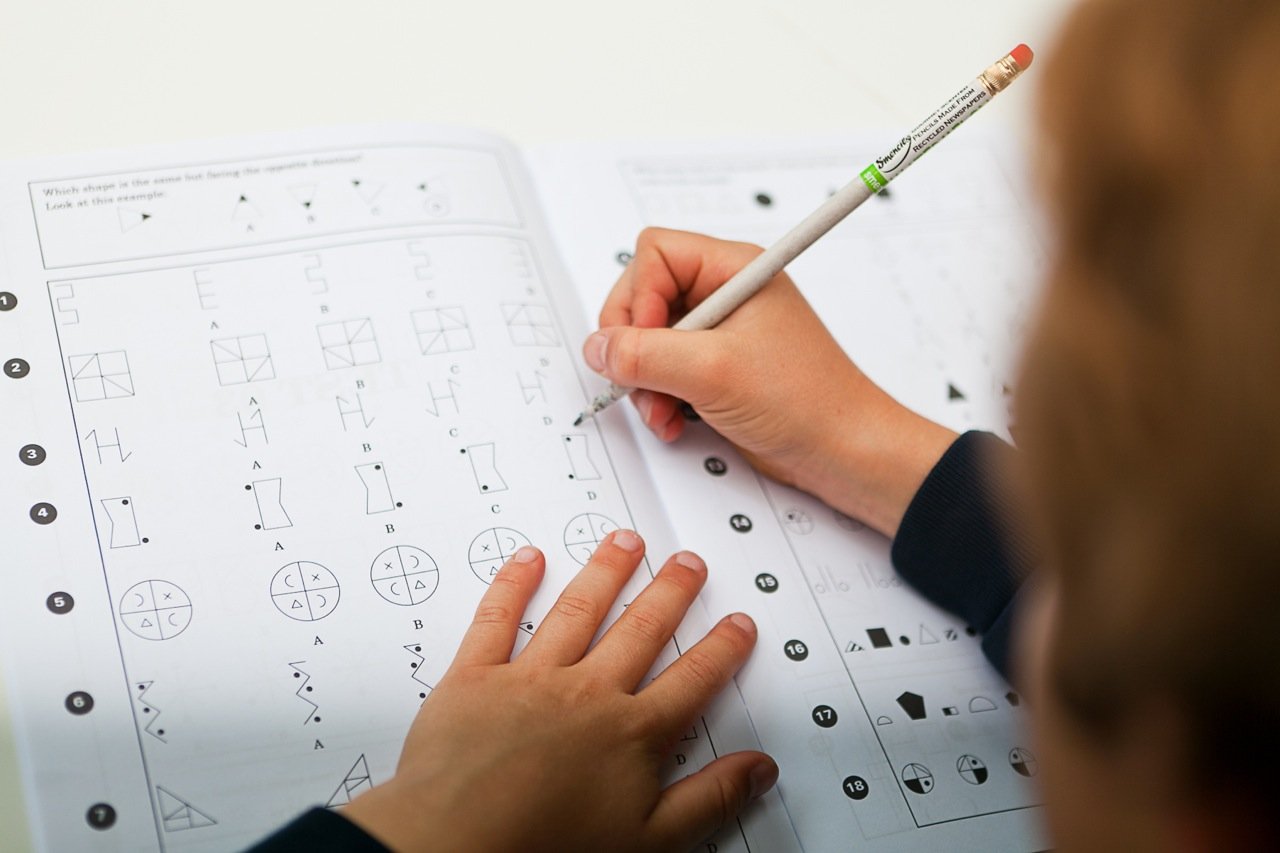Science experiments you can do at home! (With items in your kitchen)
Hey Parents! Bring the classroom to your home with these simple experiments that teach your kids scientific concepts in a fun and interactive way! Make learning fun just by using everyday household items to keep your child engaged, interested, and more importantly, away from a screen for a while!
Experiment 1: Understanding surface tension through galaxy milk!
Source: Livinglifeandlearning.com
What you will need:
A variety of food colouring
Milk
Dish soap
A toothpick or cotton bud
A bowl
Add a few drops of food colouring to milk, and they will remain as coloured blobs. But, the second you add a bit of soap to a toothpick or Q-tip and touch the milk, the magic happens. The soap causes a chemical reaction that breaks the surface tension of the milk, causing the food colouring to swirl and mix, creating a beautiful galaxy effect. See the entire tutorial at Live Life and Learning.
Experiment 2: Understanding the states of matter with ice before your eyes!
Source: Onlypassionatecuriosity.com
What you will need:
A bottle of water
Glass or ceramic bowl
Ice cubes
Keep a water bottle in the freezer for around two hours, and remove it just before it completely freezes. Place a ceramic or glass bowl upside down, and keep an ice cube on top of it. Slowly pour the water from the bottle over it, and watch the icicle-like sculpture form before your eyes! This experiment will not only make your child feel as though they have the powers of Elsa, but will also teach them the concept of flash freezing, demonstrated through the forming of ice crystals when the freezing temperature of water is reached. This process of ice crystal formation is referred to as ‘nucleation’. As the ice crystals build on existing ice crystals, they eventually freeze the entire bottle of water. Check out the entire experiment at Only Passionate Curiosity.
Experiment 3: Understanding capillary action through colourful cabbage
Source: itsysparks.com
What you will need:
1 Cabbage
Two clear jars
Two shades of food colouring
Water
Slice the cabbage from the stalk, and place each leaf with the stalk included into a separate container. Pour water into each container and add a different food colouring into each jar and wait for a couple hours. When you return, the cabbage leafs would have changed colour to that of the food colouring, prominently displaying the water movement from the stalk up through the leaves. This phenomenon occurs due to the xylem tubes that pull water from the ground and move it up through the leaves, through capillary action. View the entire experiment at Itsy Sparks.
Experiment 4: Understanding Capillarity through a travelling Rainbow!
Source: Funlearningforkids.com
What you will need:
Printable recording sheets for your child to colour in what they think will happen v/s what they observed after the experiment. These can be downloaded from the FunLearningForKids article.
7 Plastic cups
Paper towels
Food colouring in primary colours
Water
Place 7 cups in a row and fill 3/4th of the 1st, 3rd, 5th and 7th cup with water. Add 5 drops of red food colouring to the 1st and 7th cup, 5 drops of yellow to the 3rd cup and 5 drops of blue to the 5th cup. Fold half a sheet of paper towel twice lengthwise and trim to the desired length to fit each side of the towel between two cups. Step back, and be amazed. You should quickly be able to observe the coloured water travel up the paper towel. After a couple of minutes, you should be able to see the coloured water making its way down into the empty cup next to it. It could take up to two hours to witness the two colours mix in the empty cup between them, to create a travelling rainbow. The action of water moving up the paper towel is known as Capillary action. The gaps in the paper towel act as capillary tubes, and pull the water upwards. This action allows water to climb from the roots of a plant to its top. View the detailed experiment at FunLearningForKids.
Experiment 5: Understanding how energy transforms states of matter with a yummy treat!
What you will need:
1 cup of single cream
2 Tbsp of sugar
½ tsp. Vanilla extract
3 cups of ice
⅓ cup of kosher salt
Your choice of toppings
Add the single cream, sugar, and vanilla extract into a small Ziploc bag. Remove the excess air and seal it. Into a large Ziploc bag, add the ice and salt. Place the small bag into the larger bag and ask your child to shake the bag vigorously for 10 minutes. You’ll notice that the energy generated by shaking the bag has caused the ice cream to solidify and harden, allowing the ingredients in the smaller Ziploc to change from liquid to solid-state. Remove the contents from the smaller bag, add you favourite toppings and enjoy! View the detailed recipe at Delish.
Happy Experimenting!
We’ve also created a study group on Facebook to learn together, answer questions as well as to conduct live sessions with various innovative and creative individuals from all walks of life, get a sneak peek into their lives and what drives them!
For other blogs on family, check out:














